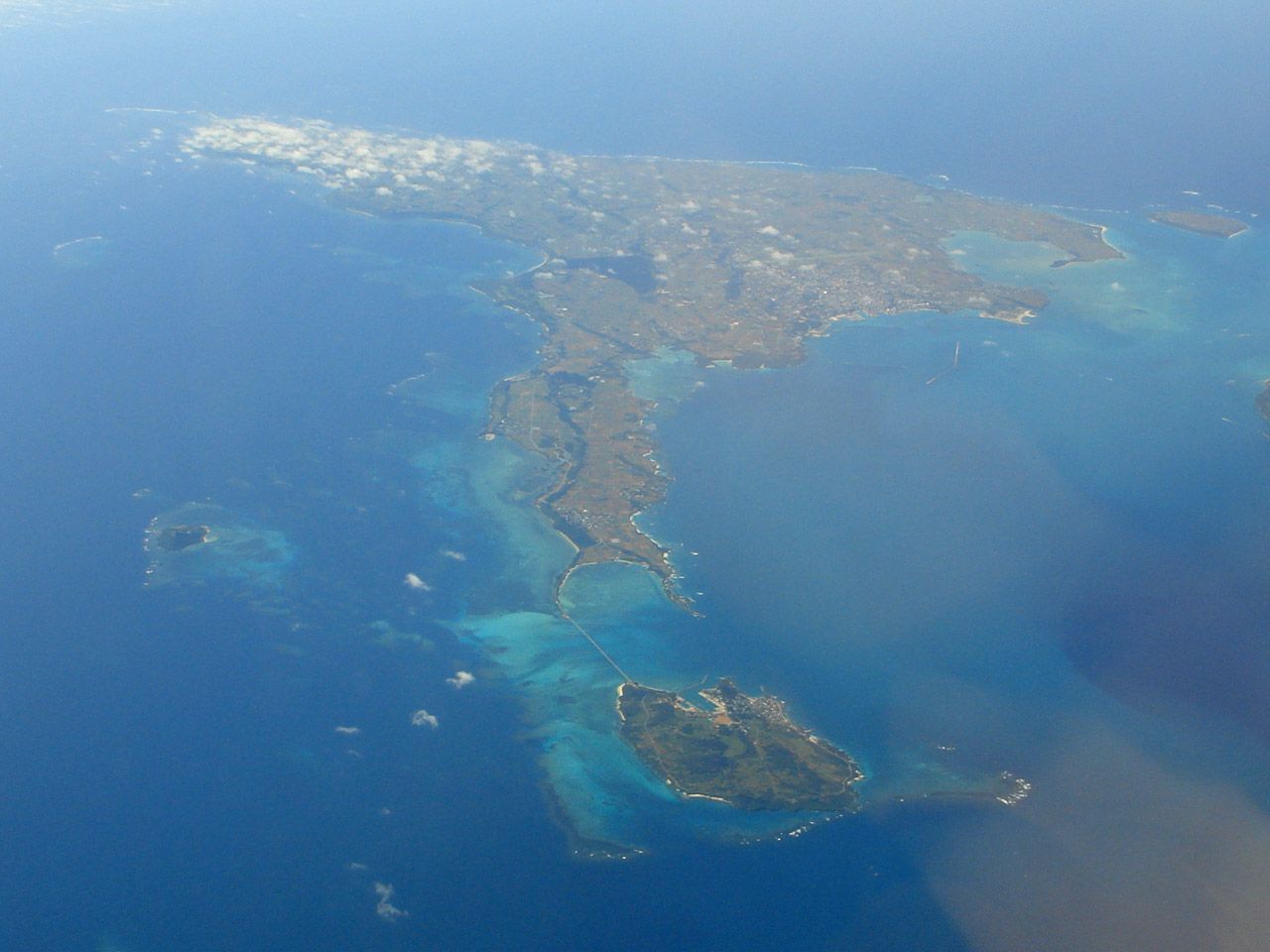Shifting a country’s entire energy system to renewables is challenging, but experiments in smaller, isolated grid areas could pave the way to understanding how to achieve a higher adoption of green electricity in Japan.
While Japan comprises more than 14,000 islands, most of the population lives on five large islands – the mainland (Honshu), Hokkaido, Shikoku, Kyushu, and the main Okinawa isle. But there are another 300 smaller isles that require power to sustain their residents.
Some of these small islands, called rito (離島; “remote island”), rely on an undersea power cable to connect with the grid. Others rely on standalone diesel generators as they are too small to support a regular-sized thermal power plant. This situation is being turned into an opportunity by local authorities and power companies to experiment and install new energy systems to deploy more renewables. But far from being an isolated and local affair this trend is receiving support on the national level.

